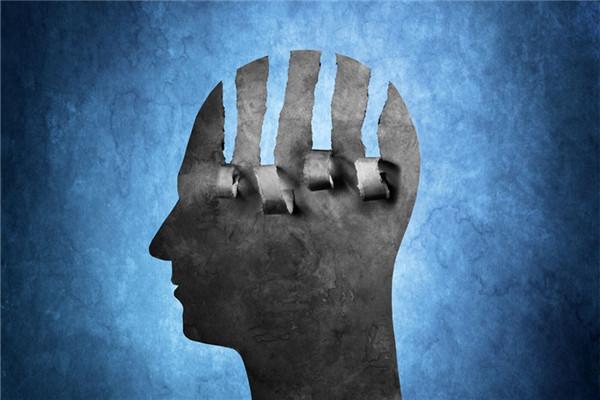The difference between schizophrenia and manic episodes
Typical clinical symptoms of mania:
Emotions soar, thoughts flow and activities increase. Patients with mild clinical manifestations are referred to as hypomania. Patients may experience emotional highs, increased energy, increased activity, significant self perception, lack of concentration, mild waste, increased social activity, and reduced sleep needs that continue for a few days. Sometimes it manifests as irritability, arrogance, and reckless behavior, but it is not accompanied by mental illness symptoms such as auditory hallucinations and dreams. When the condition is severe, it can be accompanied by mental illness symptoms. In most cases, psychotic symptoms occur in the context of high emotions and are in harmony with the patient's state of mind. However, sometimes there may be short-term illusions, dreams, and other symptoms that are not in harmony with the current state of mind.

Clinical manifestations of acute onset schizophrenia patients
Exciting restlessness, irritability, and even causing harm and destruction, increased speech, similar to manic patients at this moment.
Key points for distinguishing between schizophrenia and mania
The neuromotor arousal caused by schizophrenia is not the primary symptom, but rather the primary symptom of thought obstruction and emotional apathy; Manic patients have a primary symptom of high mood; The mental, emotional, and willpower activities of patients with schizophrenia are disharmonious, often manifested as disordered speech, incoherent thoughts, disharmonious emotions, and disordered behavior. The uplifting symptoms exhibited by the patient are not in harmony with the environment, nor with the patient's own mood and thoughts. The mood tone is not high, but rather reflects foolish and foolish joy, which cannot resonate with others. Patients with manic episodes have a lot of uplifting words, a high mood, exaggerated and vivid language, and are infectious. Their emotional reactions are consistent with their ideological content, and they cooperate harmoniously with their surrounding environment. Even if they have illusions, they usually remain consistent with their mood. Patients automatically touch the environment and have a quick and insightful response. Although patients with schizophrenia exhibit more uplifting words and increased movements, they often have aimless, monotonous and stereotyped actions that are not consistent with their surrounding environment. The patient's thoughts are disconnected, their behavior is disorderly, and there is no emotional surge. The patient has poor touch with the surrounding environment, and their emotional response is not harmonious with the environment, and their actions are rigid and monotonous. The course of schizophrenia is mostly characterized by occurrence, development, or continued development. During the remission period, there are often residual energy symptoms or personality impairments, while manic episodes occur intermittently. The intermission period is basically normal. If manic patients have similar episodes in the past and have eased well, or are treated with mood stabilizers, it should be considered as manic episodes. Pre disease personality, family genetic history, prognosis, medication, and treatment responses can all contribute to differential diagnosis.
Article source: Jiangmen Psychological Consultation
-
05-04
How to improve the 'self-healing' ability to alleviate workplace stress?
The workplace is a place that every one of us must experience, whether you are a novice or an experienced professional, you will face various pressures in the workplace. We often joke with the phrase
-
04-27
How to talk to depression patients?
Every patient with depression has a very weak heart, as their world is only filled with grief, and they spend almost every day in a sorrowful environment. Suffering from depression is very painful, as
-
03-31
Jiangmen Psychological Counseling: Common Characteristics of Pleasant Personality
Pleasant personality refers to a character that blindly flatters others while neglecting one's own feelings. It is a potential unhealthy form of behavior, rather than a personality disorder. What
-
06-08
Jiangmen Psychological Counseling: What are the Methods of Counseling
As is well known, there are many aluminum wafers in the lives we come into contact with, but we are not aware of them. There are also many types of wafers, and the commonly used kettles, cups, etc. ar
